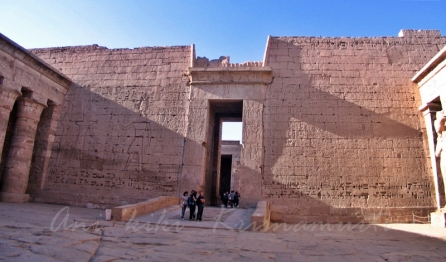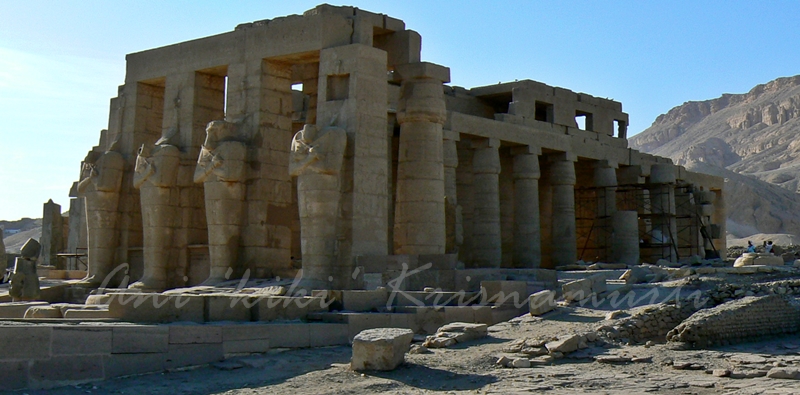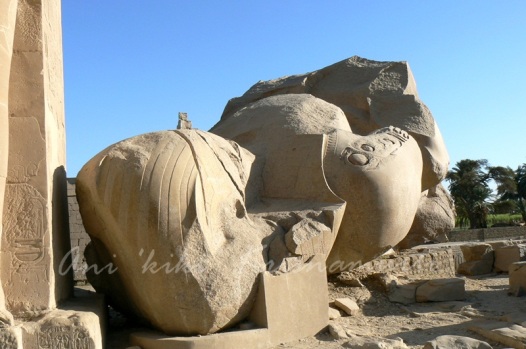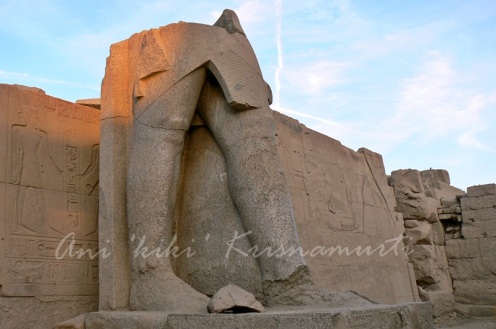When I was a kid , all in my mind about Egypt is just the Giza pyramids, sphinx and mummy . And I was surprised by the fact that Egypt has more than that . I am fortunate that I also visited Alexandria , Dahab to snorkel in the Red Sea, and Luxor,Aswan and Abu Simbel , and I find that they are wow !

I hope this post will inspire people not only to visit the pyramids in Giza , but also other parts of Egypt .
I must admit that it is not easy to explore the vast attraction in hot weather. Aswan and Luxor have the hottest summer days of any other city in Egypt.
But it’s worth the effort to walk in the sun , especially in Luxor , which is called the largest open air museum in the world
Luxor is a city in Upper southern Egypt. It was the ancient city of Thebes, the great capital of Egypt during New Kingdom. Attractions located on East Bank within the modern city and across the Nile, on West Bank Necropolis
WEST BANK

The Theban Necropolis is an area of the west bank of the Nile. It was used for ritual burials for much of Pharaonic times, especially in the New Kingdom of Egypt.

valley of the kings & valley of the queens
Valley of the Kings is a valley where tombs were built for the Pharaohs & their wives and powerful nobles of the New Kingdom of Ancient Egypt
The mortuary temple of Queen HATSHEPSUT
Located beneath the cliff, It is the main attraction at DAYR EL BAHRI (northern monastery), complex of mortuary temples and tombs at west bank.
Maatkare Hatshepsut (late 16th century BC- c.1482 BC) was the 5th Pharaoh of the 18th dynasty of Ancient Egypt. She is one of the most successful pharaohs.
It is built into a cliff face that rises sharply above it, and is considered to be one of the ‘incomparable monuments of ancient Egypt”
MEDINET HABU (Mortuary temple of RAMESSES III)
Ramses III was the 2nd pharaoh of the 20th dynasty and is considered the last great New Kingdom pharaoh. During his long reign, Egypt was beset by foreign invaders (including the Seas Peoples and the Libyans)
THE RAMESSEUM (Mortuary temple of RAMESSES II)
Ramsses II was 19th dynasty pharaoh of Egypt. He ruled for 67 years during the 13th century BC, the apogee of Ancient Egypt’s power and glory
EAST BANK
The East Bank of Luxor refers to the central part of Luxor township, centred on the twin foci of the Temple of Luxor and the Temple of Karnak
KARNAK TEMPLE

Karnak Temple comprises a vast mix of decayed temples, chapels, pylons, and other buildings. The Karnak complex gives its name to the nearby, and partly surrounded, modern village of El-Karnak, 2.5 kilometres (1.6 miles) north of Luxor

The complex is a vast open-air museum and the largest ancient religious site in the world. It is believed to be the second most visited historical site in Egypt, only the Giza Pyramids near Cairo receive more visits. It consists of four main parts, of which only the largest is currently open to the general public

One famous aspect of Karnak is the Hypostyle Hall in the Precinct of Amun-Re, a hall area of 50,000 sq ft (5,000 m2) with 134 massive columns arranged in 16 rows. 122 of these columns are 10 meters tall, and the other 12 are 21 meters tall with a diameter of over three meters
The architraves on top of these columns are estimated to weigh 70 tons
LUXOR TEMPLE
Luxor Temple is a large ancient Egyptian temple complex located on the east bank of the Nile River in the city today known as Luxor and was founded in 1400 BCE. Known as ipet resyt, or “the southern sanctuary.”

photos taken in 2007
text from:






















































Great Photos! Hope you enjoyed your trip 🙂
thank u 🙂